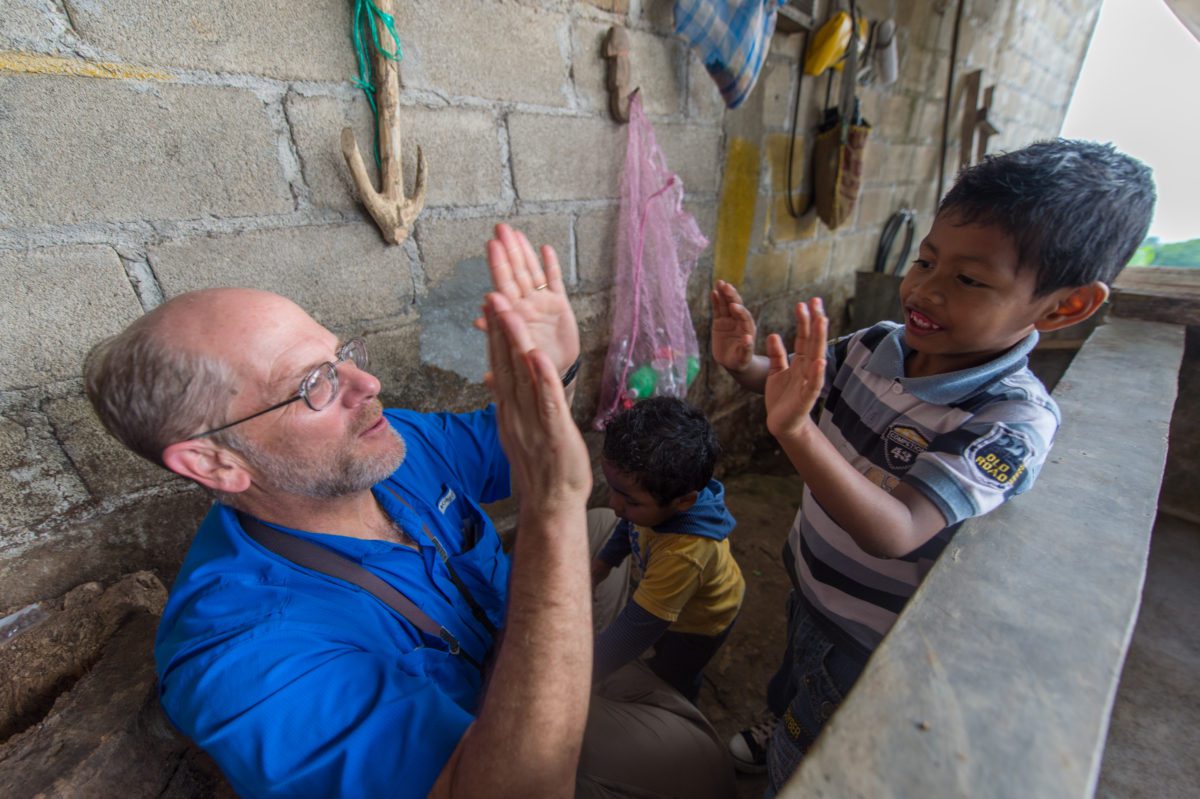[NIKON D4, 14.0-24.0 mm f/2.8, Mode = Manual, ISO 200, 1/160, ƒ/2.8, (35mm = 14)]
The difference between two parties who compromise or collaborate is enormous.
They are compromising leads to disappointment for all parties. When the parties come together, they have a creative idea or solution for a problem. Each party wants their concept out there more than the other one. In this scenario, a watered-down version of both ideas emerges. In the end, no one is satisfied with the solution.

Collaboration isn’t about negotiating solutions. It starts when the parties come together and listen to each other. They are open to new ideas. This is where everyone realizes that alone no one gets their ideas implemented, but they can accomplish their goals by partnering with others.
Rowing is a good illustration of how to collaborate. It is the oldest intercollegiate sport in the United States.
The Harvard-Yale Boat Race or Harvard-Yale Regatta is an annual rowing race between Yale and Harvard universities. It is America’s oldest collegiate athletic competition. Each year on the Thames River, New London, Connecticut.
In this sport, the team must work together. Each person has to stay in sync with their teammates. For me, it is the perfect picture of collaboration.
If just one person is out of sync, the team suffers.
When a client hires me, they expect collaboration and not compromise. Trust is the foundation of this process. It would help if you first trusted your clients, lowered your barriers, and were exposed.
Listen. Take notes while listening to the client. Note-taking prevents you from responding quickly to your ideas. Active listening means you ask questions to clarify and be sure you have their perspective. You may want to paraphrase their idea and ask if you have it right.
The key is understanding what they want to accomplish. You must also listen and learn where they have little room for flexibility. When the client feels you know what they want and the parameters they are under, you have the necessary information to collaborate.
Meeting and exceeding the client’s expectations is easy if you listen and check with the client to be sure you understand their project.
Many clients will have done an excellent job articulating their project from the very beginning. It would help if you still explored with them to understand how much flexibility they have. It would help if you still told them their assignment in your own words. Skip this step, and you will experience friction with the client.
All things being equal, people want to do business with their friends. True friends collaborate rather than compromise.
My friend Tony Messano talks about what he looks for when he hires a photographer in this video clip. Here is his website http://www.tonymessano.com/ad/

